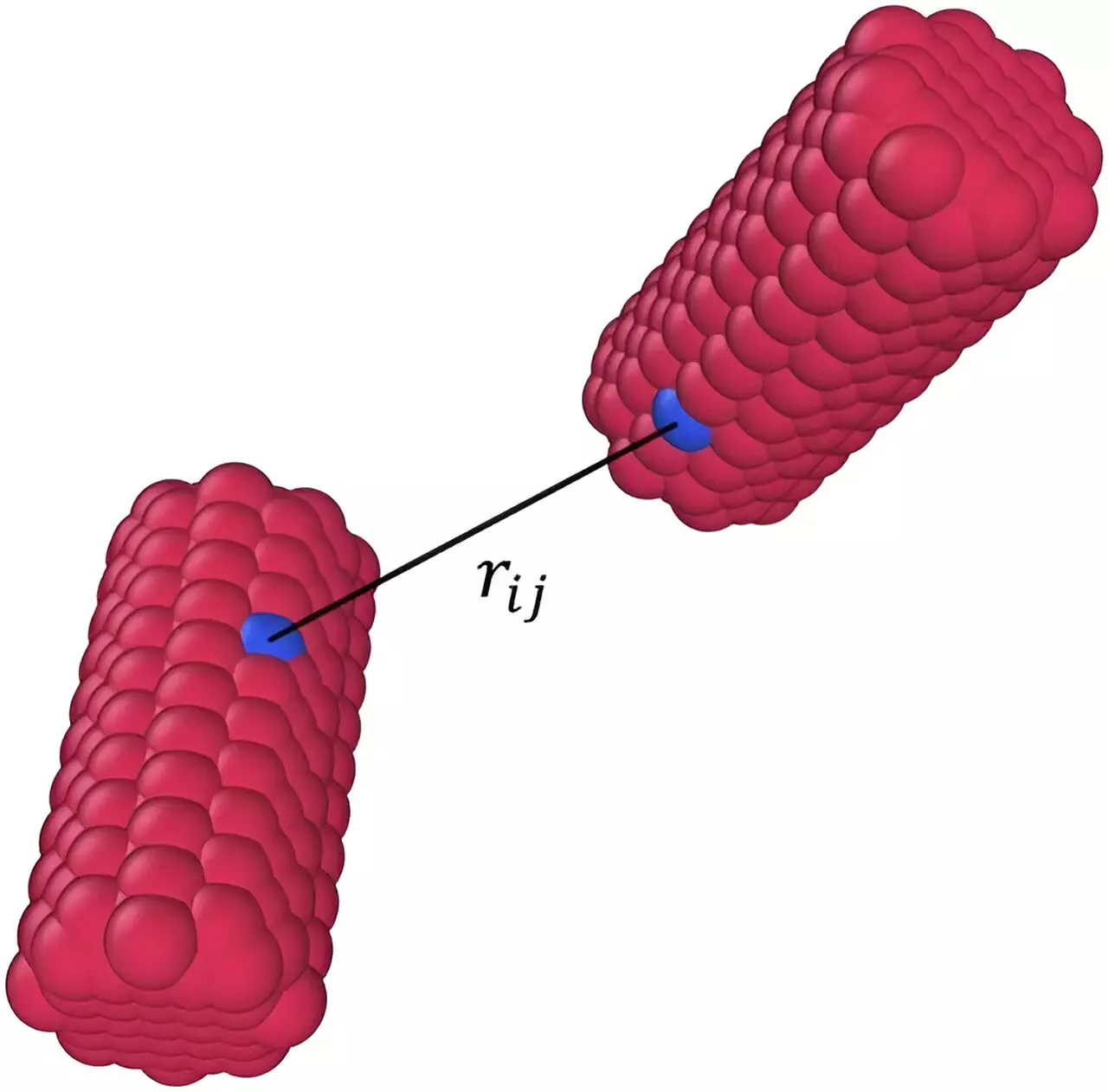Simulating particles, especially irregularly shaped ones, presents a complex and time-consuming challenge for researchers. While spherical particles are relatively straightforward to simulate, the majority of particles in the real world do not conform to perfect spherical shapes. Understanding and predicting the behavior of these irregularly shaped particles is crucial for various applications, such as addressing the environmental impact of microplastics.
Researchers at the University of Illinois Urbana-Champaign have made significant strides in particle simulation technology by leveraging neural networks to predict interactions between irregularly shaped particles. By training neural networks to accelerate molecular dynamics simulations, researchers have achieved simulation speeds up to 23 times faster than traditional methods. This approach can be applied to particles of any irregular shape, provided there is enough training data to support the model.
Overcoming the Limitations of Traditional Simulation Methods
The traditional method of simulating irregular shapes, such as cubes or cylinders, involves tessellating these shapes with smaller spheres. This process is not only cumbersome but also computationally expensive, as it requires calculating interactions between numerous individual spheres. By contrast, the use of neural networks streamlines the simulation process by focusing on the center-to-center distance and relative orientation of the irregular shape, eliminating the need to calculate individual sphere interactions.
Looking ahead, researchers aim to expand the capabilities of neural network-accelerated simulations to encompass even more complex irregular shapes and mixtures of different shapes. By harnessing the power of machine learning and artificial intelligence, researchers hope to gain a deeper understanding of how various particles interact in different environments. This enhanced simulation technology opens up new avenues for exploring diverse applications in fields ranging from materials science to environmental science.
The development of neural network-accelerated simulations represents a significant advancement in particle simulation technology. By bridging the gap between traditional simulation methods and cutting-edge machine learning techniques, researchers have unlocked new possibilities for studying the behavior of irregularly shaped particles. As this research continues to evolve, we can expect to see further innovations that will revolutionize our understanding of particle dynamics and pave the way for exciting new discoveries in the field of particle science.


Leave a Reply